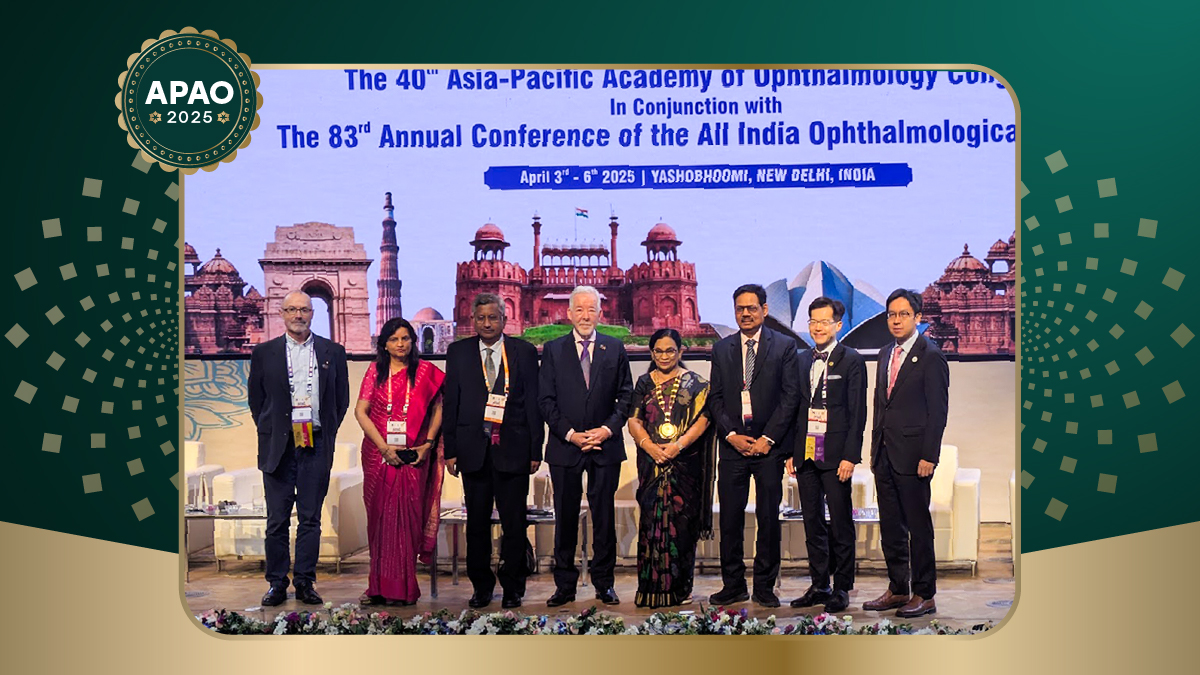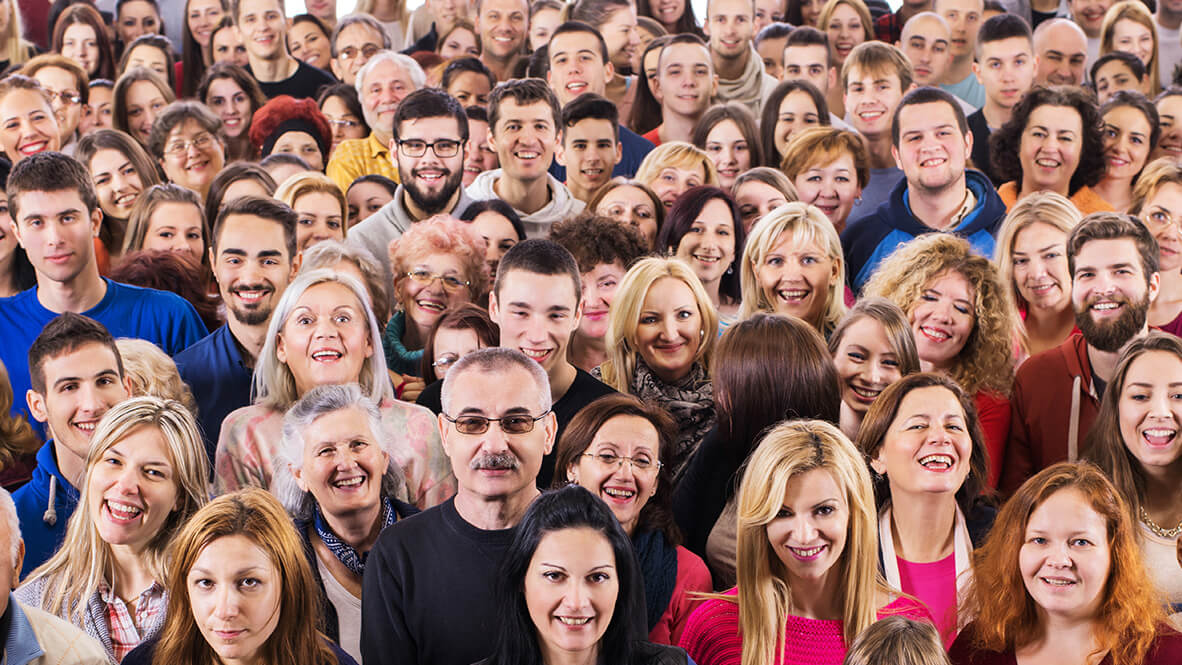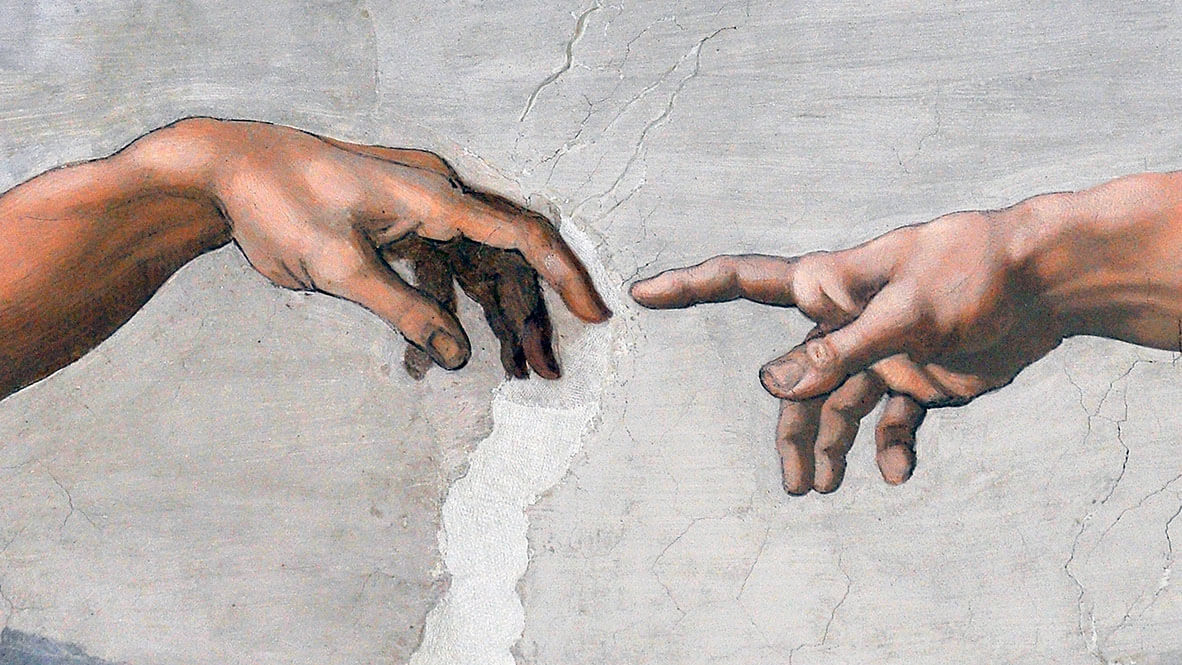From a legendary luminary on keratoconus to a preeminent pioneer in AI in ophthalmology, the stars came out on APAO/AIOC 2025 Day One in Delhi.
So much for saving the best for last at the 40th Congress of the Asia-Pacific Academy of Ophthalmology (APAO 2025), held in conjunction with the 83rd Annual Conference of the All India Ophthalmological Society (AIOC 2025).
The first day of the conference saw the delivery of the Congress’ marquee award lectures by some of the biggest names in Asia Pacific ophthalmology. In this article, we’re running down the honorees and reporting on two of the Congress’ standout lectures—the Jose Rizal Medal Lecture and the inaugural Dennis Lam Lecture.
India and Asia-Pacific ophthalmology in the spotlight
Here are this year’s deserving awardees:
The Jose Rizal Medal was awarded to the legendary Prof. Charles McGhee (New Zealand), and he reflected on 170 years of keratoconus knowledge—and how it sets the table for what’s coming in the future, including cutting-edge treatments and the integration of artificial intelligence into disease screening and management.
The Holmes Lecture was delivered by Dr. R. D. Ravindran (India), who spoke on the massive public health and eye care movement taking place in India—and how his vision for accessible eye care in the country is taking shape with incredible results.
Dr. Azad Rajvardhan (India) took delegates on a journey through his past and present work on retinopathy of prematurity for the ICO Mark Tso Golden Apple Award, including emotional tributes to the teachers and students that have illuminated the way.
AI in ophthalmology pioneer Prof. Daniel Ting (Singapore) gave the first annual Dennis Lam Lecture, where he examined the promise—and potential pitfalls—of artificial intelligence and machine learning in eye care.
The man himself, Prof. Dennis Lam (Hong Kong), rounded out the awards with the AAPPO Innovator Award 2025 Lecture, where he highlighted his current work in the drug development pipeline, including a novel small molecule anti-VEGF alternative and an attempt at reviving a traditional Chinese medicine treatment.
Read More: Dennis Lam’s Big Plans for a Small Molecule Approach to nAMD at the APVRS 2024 Tano Lecture
Keratoconus, reimagined for the Jose Rizal Medal Lecture
Asia-Pacific ophthalmology’s elder statesman, Prof. Charles McGhee, delivered a Jose Rizal Medal Lecture for the ages on keratoconus, where he challenged old assumptions, took a peek into the future—and offered a surprising new way to think about the disease.
The beginning of the lecture chronicled the evolution of disease understanding and diagnostic technologies from the basic topography of the past to the advanced artificial intelligence of the future.
Prof. McGhee examined the 170 years of research since Nottingham’s landmark 1854 paper, Conical Cornea, noting how the evidence base has grown exponentially with over 10,000 publications on keratoconus—with the vast majority appearing in just the last two decades.
Out of this body of research, Prof. McGhee proposed a new way of thinking about the disease—as the end result of myriad anti-inflammatory processes. “Keratoconus appears possibly associated with multiple immune-mediated diseases,” he said. “Therefore, systemic inflammatory responses may influence the onset of keratoconus.”
This potentially paradigm-shifting perspective suggests treating underlying inflammatory conditions might help manage the disease.
He also suggested that ultimately, keratoconus may be thought of as a point of convergence for various underlying disease states.
“It’s almost certainly multifactorial,” he said. “It may in fact be the final common pathway for a number of different pathological processes.”
Another feature of this novel way of thinking about keratoconus is what he described as a ‘2 hit hypothesis’ underlying the development of the disease, where a complex, non-Mendelian genetic predisposition combines with environmental triggers, including eye rubbing, atopy, floppy eyelid syndrome and contact lens wear, to lead to disease development and progression.
According to Prof. McGhee, this explains striking global variations in prevalence—from 8.8 per 100,000 in Japan to over 2,000 per 100,000 in regions like Iran and India.
This two-hit hypothesis also makes keratoconus difficult to treat. Gene therapies hold little promise for keratoconus, he shared, as they only target part of the problem—though he did note that polygenic risk scores could aid in screening and the early detection key in managing the disease.
Prof. McGhee also reviewed the robust treatment landscape in keratoconus, from contact lenses (still the go-to treatment for the disease, in his conception) to corneal crosslinking (CXL), transplantation and everything in between. But despite the hope for the future, including the integration of powerful artificial intelligence models, there’s one sobering fact that looms large.
“After 170 years, there’s still no cure for keratoconus,” Prof. McGhee shared—though the future remains bright with new therapies, screening methods and a growing understanding of the mechanisms underlying the disease.
Dennis Lam Lecture highlights growing role of AI in ophthalmology
The inaugural Daniel Lam Lecture, delivered by artificial intelligence in ophthalmology research Prof. Daniel Ting (Singapore) demonstrated a comprehensive overview of artificial intelligence’s transformative role in ophthalmology. The recipient highlighted the rapid evolution of AI technology from basic machine learning models to today’s sophisticated generative AI systems.
“AI is no longer something good to have, but something that is a must to have,” Prof. Ting quoted NVIDIA CEO Jensen Huang as saying, emphasizing AI’s growing importance in healthcare. The lecture traced an eight-year journey in AI research, beginning with the speaker’s first JAMA publication in 2017 on diabetic retinopathy classification systems.
A central theme was AI’s potential to surpass human capabilities. “Can we use AI to do something that the human eye cannot see? Can we use AI to look into the future?”, Prof. Ting asked, before describing research demonstrating how AI algorithms can predict which patients will develop diabetic retinopathy progression requiring specialist referral from baseline fundus photos.
Myopia research featured prominently in Prof. Ting’s talk, with applications ranging from predicting high myopia development in children to detecting myopic macular degeneration in adults. He explained how AI algorithms have achieved over 90% accuracy in detecting myopic macular degeneration across datasets from seven countries containing more than 200,000 retinal images.
Prof. Ting also addressed critical implementation challenges facing AI in healthcare settings, including regulatory approvals, reimbursement models, data privacy concerns and return on investment calculations.
But despite all this, Prof. Ting still doesn’t see artificial intelligence taking anyone’s day job. “If you position AI as an assistive tool, that is very well received by the general ophthalmologists around the world.”
This perspective emphasized that while AI technology is powerful, its successful implementation depends on human factors—in Prof. Ting’s estimation, this means asking the right questions, using appropriate data—and building effective teams, with both human partners and assistance from increasingly intelligent machines.
“If you want to go fast, go alone,” he quoted legendary American basketball coach John Wooden at the conclusion of his talk. “If you want to go far, you need a team.”
Editor’s Note: Reporting for this story took place during the 40th Congress of the Asia-Pacific Academy of Ophthalmology (APAO 2025), being held in conjunction with the 83rd Annual Conference of the All India Ophthalmological Society (AIOC 2025) from 3-6 April in New Delhi, India.



